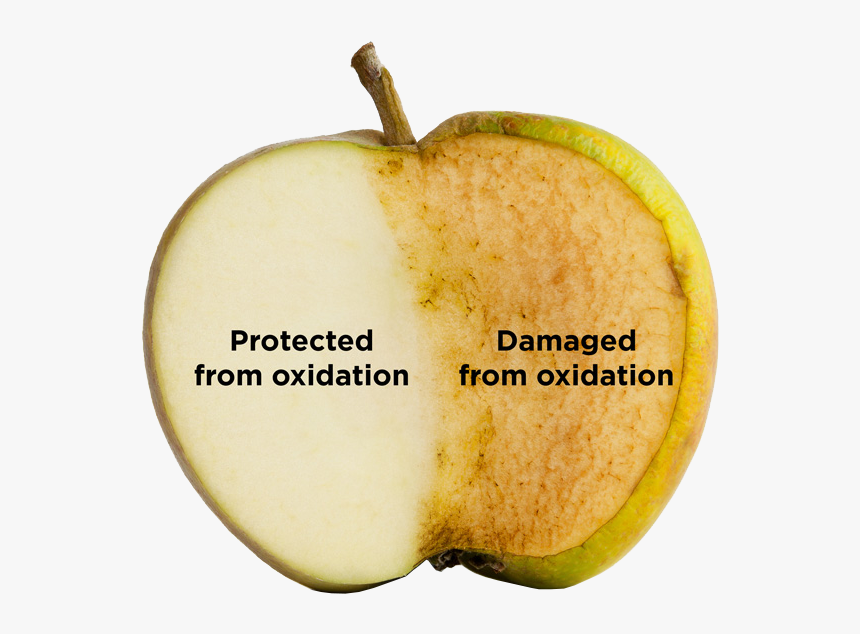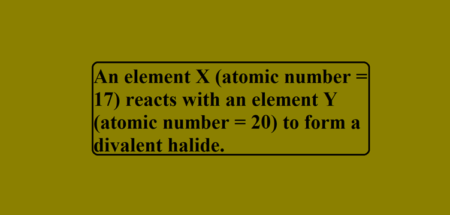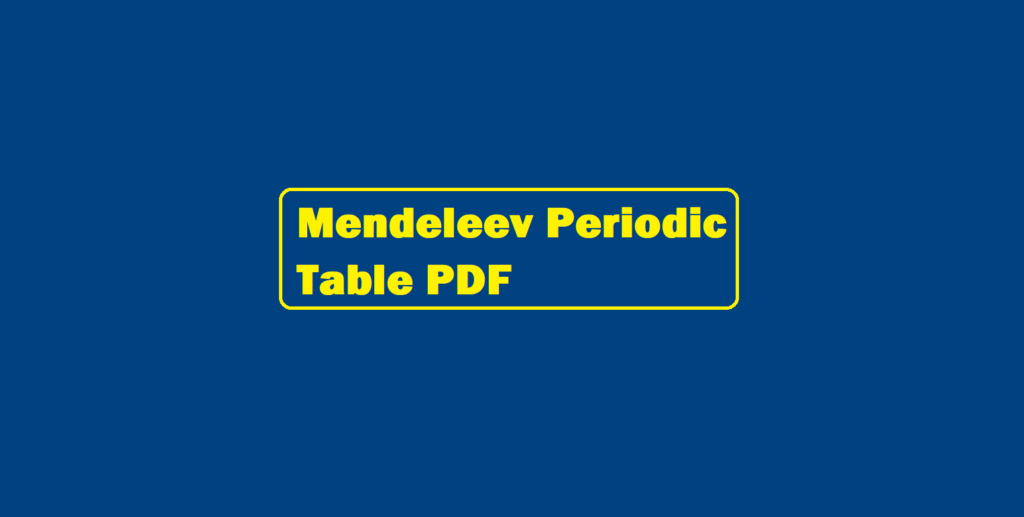The Effect of Oxidation-Reduction in Daily Life Corrosion
Many metals are chemically active elements and get easily affected by substances like moisture, air, acids, etc and undergo Oxidation, Reduction in Daily Life.
- Corrosion – The process of slow conversion of metals into their undesirable compounds due to their reaction with oxygen, water, acids, gases etc. present in the atmosphere is called corrosion.
- Rusting of Iron: We know iron articles that are shiny when new and gets coated with a reddish-brown powder when left for some time this process is called Rusting of Iron. Chemically, Rust is a hydrated ferric oxide (Fe2O3.xH2O)
- Advantages of Corrosion: Though corrosion is undesirable, it can be advantageous in case of aluminium which on exposure to air, gets coated with a protective layer of aluminium oxide. This protects the metal underneath from further corrosion and damage.
- The black coating on silver and the green coating on copper are examples of corrosion in which the oxides formed a strong bond to the surface of the metal, preventing the surface from further exposure to oxygen and consequently slowing down corrosion.
- Rusting of iron can be prevented by painting, oiling the surface or by galvanization.
- Rancidity: When oils and fats or foods containing oils and fats are exposed to air, they get oxidized due to which the food becomes stale (no longer fresh and pleasant to eat; hard or dry) and gives a bad taste or smell this is called Rancidity. The most important cause of rancidity is the deterioration in fats and fatty foods because of the oxidation process. When an oxygen atom replaces a hydrogen atom in the fatty acid molecule it destabilizes the molecule. Factors which accelerate fat oxidation include salt, light, water, bacteria, moulds trace metals (iron, zinc, etc.). Above mentioned topics are important examples of Oxidation Reduction in Daily Life
It can be prevented by using various methods such as by adding antioxidants to the food materials, Storing food in an airtight container and by flushing out air with nitrogen.
What you have learnt
- A complete chemical equation represents the reactants, products and their physical states symbolically.
- A chemical equation is balanced so that the numbers of atoms of each type involved in a chemical reaction are the same on the reactant and product sides of the equation. Equations must always be balanced.
- In a combination reaction, two or more substances combine to form a new single substance.
- Decomposition reactions are opposite to combination reactions. In a decomposition reaction, a single substance decomposes to give two or more substances.
- Reactions in which heat is given out along with the products are called exothermic reactions.
- Reactions in which energy is absorbed are known as endothermic reactions. When an element displaces another element from its compound, a displacement reaction occurs.
- Two different atoms or groups of atoms (ions) are exchanged in double displacement reactions.
- Precipitation reactions produce insoluble salts.
Oxidation Reduction in Daily Life also involves the gain or loss of oxygen or hydrogen by substances. Oxidation is the gain of oxygen or loss of hydrogen. The reduction is the loss of oxygen or gain of hydrogen.
Advertisement


